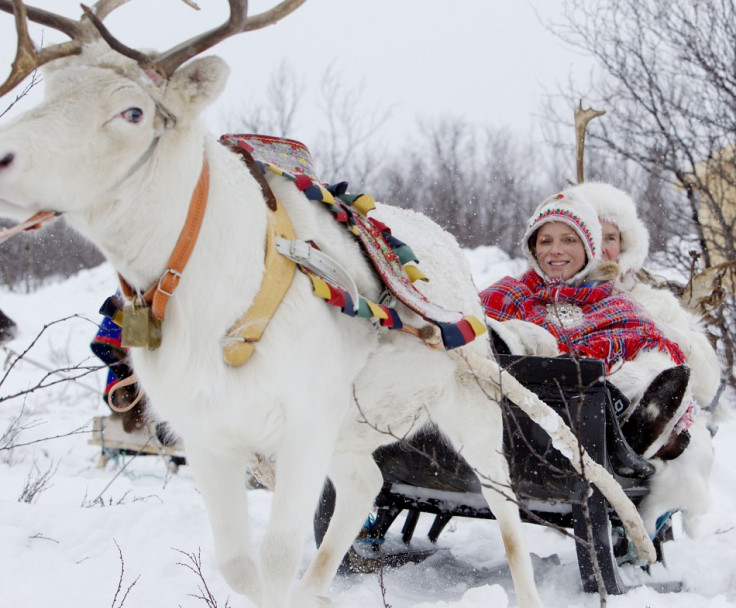After More Than 60 Years of Famous Christmas Carol, Scientists Finally Explain Rudolph’s Red Nose

Rudolph, the Red-Nosed Reindeer, made his first public appearance not with Santa Claus pulling a sleigh but in a 1939 booklet written by Robert L. May. More than six decades after, the carol remains one of the best-loved Christmas songs around the world.
When Gene Autry recorded the song written by Johnny Marks, Mr May's brother-in-law, the carol became number 1 on the Billboard pop singles chart in 1949, with total sales reaching 25 million. That record, until the 1980s, was the second best-selling record of all time.
On Wednesday, scientists finally came up with an explanation why Rudolph's nose is red.
Rudolph belongs to the Rangifer tarandus species. His red nose is because that body part is richly supplied with red blood vessels to protect it from freezing and to regulate brain temperature. Remember, after all, that during Christmas, Rudolph has a lot of sleigh-pulling to do beginning from the North Pole where his master resides.
Researchers from the Netherlands and Norway who published their study in the Christmas edition of the British Medical Journal used a handheld microscope to study the nasal lining of five healthy humans, two reindeers and a sixth person with a non-cancerous nasal growth in a bid to explain Rudolph's nose glow.
The researchers said small blood vessels provide oxygen-carrying cells and help control the reindeer's body temperature. To back this up, the researchers showed an infrared image of a reindeer after exercise. The temperature on the animal's nose reached 75 degrees Fahrenheit after the workout.
"Rudolph's nose is red because it is richly supplied with red blood cells, comprises a highly dense microcirculation, and is anatomically and physiologically adapted for reindeer to carry out their flying duties for Santa Claus," the study said.
"These results highlight the intrinsic physiological properties of Rudolph's legendary luminous red nose, which help to protect it from freezing during sleigh rides and to regulate the temperature of the reindeer's brain, factors essential for flying reindeer pulling Santa Claus' sleigh under extreme temperatures," ABC quoted study author Can Ince of the Erasmus Medical Center in Rotterdam.
Santa Claus is apparently lucky because when he first employed Rudolph and the other reindeers, animal welfare groups were not yet around to question the difficult working conditions the reindeers are subjected to just to ensure kids around the world receive their presents on Christmas Day.
© Copyright IBTimes 2025. All rights reserved.





















